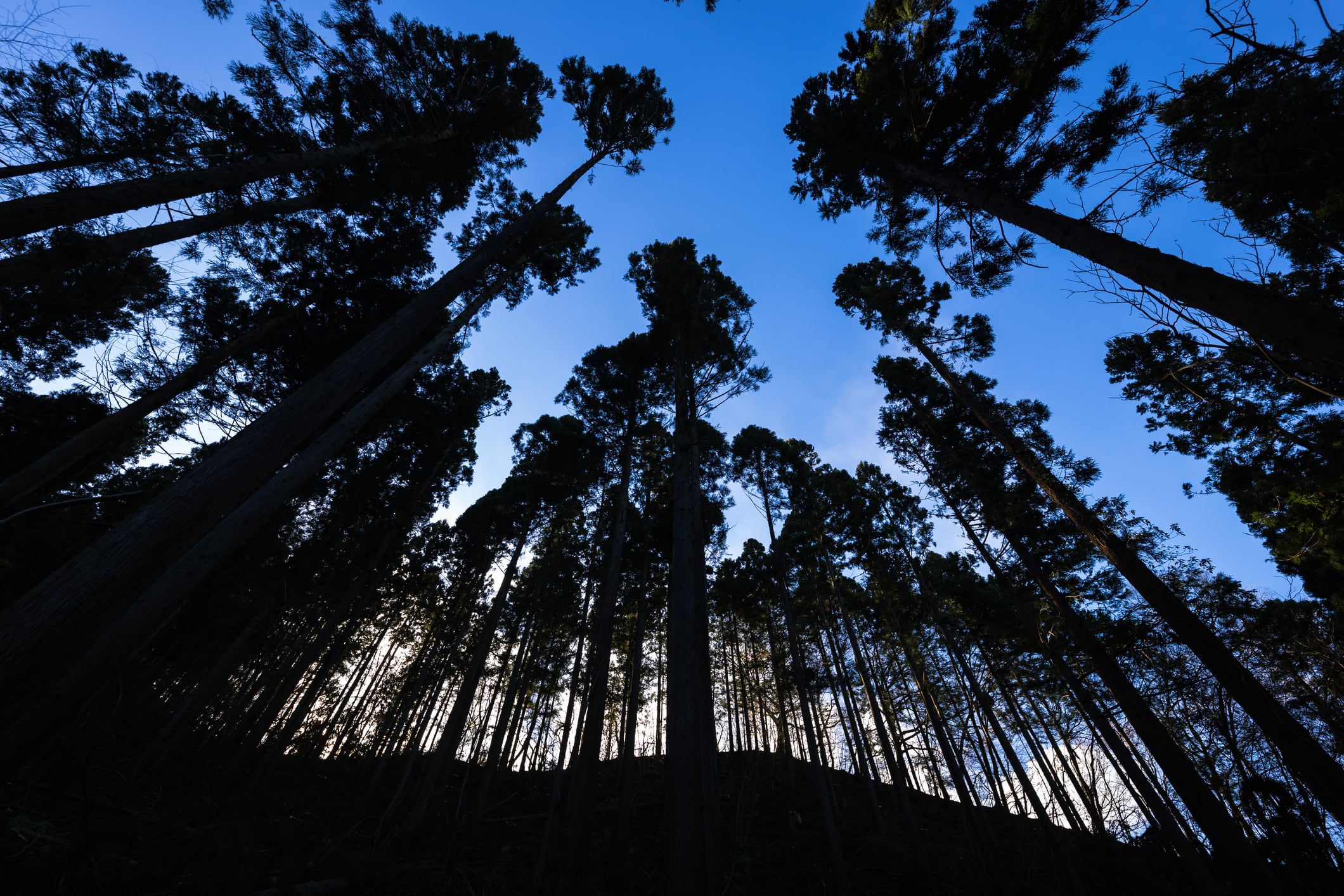Compared to public forests, industrially-managed forests are nearly 1.5 times more likely to fuel megafires, according to a new study published in Global Change Biology.
Wildfires can impact global efforts to keep carbon locked into trees, wood and forest soils: a practice known as carbon sequestration.
Wildfires lead to the re-release of large amounts of carbon from timber and soils back into the atmosphere; impact forests’ ability to regenerate and affect their role as natural carbon sinks. Moreover, if the fire-ravaged forests are managed for carbon credits, this may hamper carbon offsetting efforts.
The latter should be a warning for companies who invest or consider investing in industrial tree-planting or carbon credit schemes as part of their sustainability strategies by considering the risks of forest fires on their investment.
So why do private forests fare worse than public ones when it comes to fire risk?
Weather and forest density conspire to bring a higher fire risk
A study led by Jacob I. Levine (see ‘sources’ below) found that industrially-managed forests are typically of higher density, have similar types of trees which are also of a similar age. This homogenous structure makes private forests more susceptible to wildfires than publicly-managed ones, with the scholars estimating that high-severity fires were 1.45 times more likely to take place at industrially-managed land than public.
But weather also plays a part in the risk equation.
High-severity fire risk increases under extreme weather conditions, particularly in hot and dry and when fuel moisture is low, according to the research. In hot weather, fire can spread crown-to-crown, making large trees a liability while diminishing the role of ‘fuel ladders’ such as vegetation that weaves onto the tree trunks from the ground up.
Importantly, even well-managed forests may experience high-severity fire if extreme weather is intense enough:
Ultimately, forest management holds the key to limiting fire risk in both private and public land: forests with reduced density and greater heterogeneity are at a lower risk of ever being felled by megafires, even in extreme weather conditions.
What forest fire risk means for business
These findings can be of critical importance for businesses investing in forest-based carbon credits, particularly in fire-prone regions such as California.
This is because high-severity fires kill over 95% of trees, impacting forest carbon integrity but also carbon permanence.
Businesses should therefore adjust their risk models to consider forest structure, ownership type, and regional weather and fire trends to figure out if they are making a smart investment; or whether a carbon credit scheme may be overvalued or vulnerable to reversal.
The study also highlights the importance of realtime monitoring of forest conditions and the need for buffer pools or insurance mechanisms to cover carbon losses from fire.
Source:
Extreme Weather Magnifies the Effects of Forest Structure on Wildfire, Driving Increased Severity in Industrial Forests
Jacob I. Levine, Brandon M. Collins, Michelle Coppoletta, Scott L. Stephens
First published: 20 August 2025
https://doi.org/10.1111/gcb.70400

We want to hear what you think!
Is the food and drink industry doing enough when it comes to sustainability? Where are the causes for celebration - and what are the challenges and concerns?
We want to know what you think! This short, anonymous poll will take just a couple of minutes to complete: yet your thoughts will help us take a global pulse check of what matters most as we look to shape a more sustainable future for the F&B industry.
And for every survey completed, we'll make a donation to Farm Africa: a charity that reduces poverty in eastern Africa by helping farmers grow more, sell more and protect the environment for years to come (up to a maximum amount).

